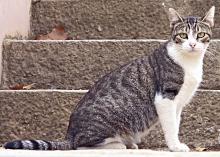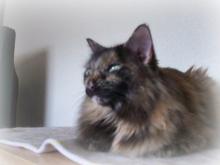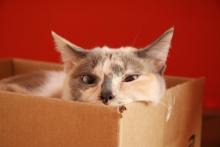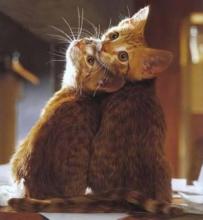Keeping Cats out of Things
Cats are full of mischief, especially if you get yours when he is a kitten and still learning. Just like kids, they can test your patience and make you want to strangle them. But then they look at your with those big, cute eyes and faces, and you melt.
Thankfully, just like kids, there are some things you can do around your house to help cat proof it.
Cabinets – There are different tools you can get to make the cabinets harder to get into for your cats. These would be the same tools you use for your children, which sometimes are also adult proof. I use a bungee cord at my house to tie my one cabinet to my oven so that the cat cannot open it.
Close Doors Completely – My cat has figured out that if he puts his paw under a door and pulls at it, he can eventually open it. But it only works if the door is not closed completely and latched. As long as I close the door fully, he cannot do this. It definitely aggravates him, which is fun for me.
Put things Away – Another thing my cat likes to do is play with, and destroy, various things that he can get his paws on. As a result, I have started putting items away in places that he cannot get to them to destroy. The recycling is in a cupboard, my work bag hangs from a doorknob, and my jackets get hung up when I get home.









